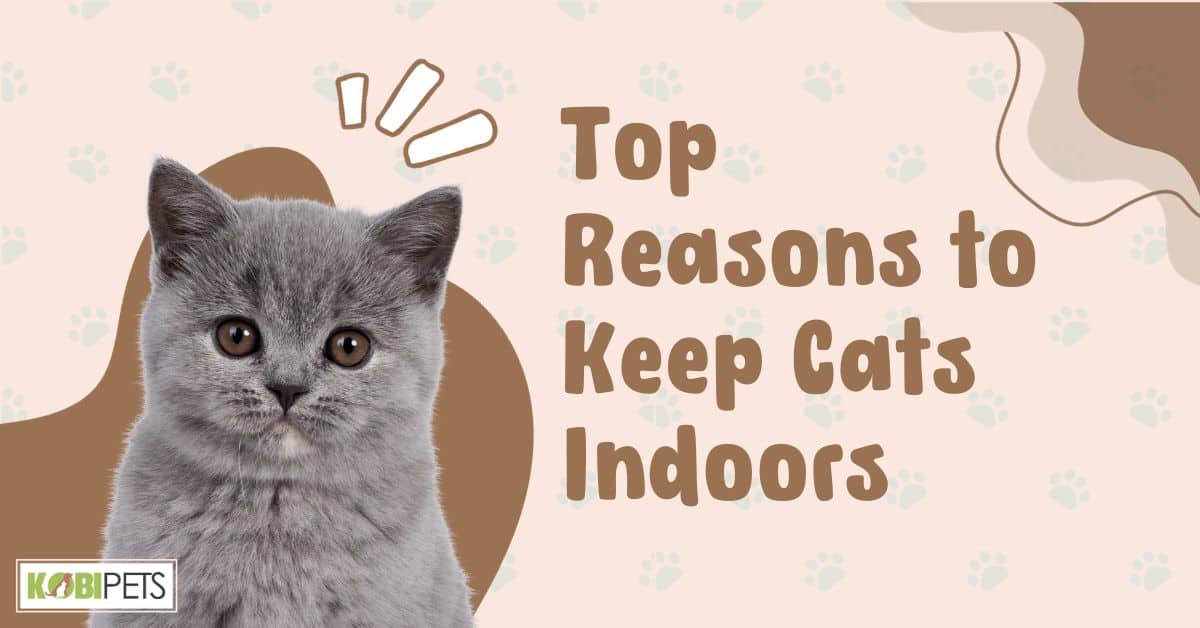
Keeping cats indoors is crucial for their safety and well-being. It protects them from dangers like traffic accidents and predators while also preserving local wildlife and ecosystems. Additionally, indoor cats are less likely to engage in fights, reducing the risk of injuries and infections.
When it comes to our beloved feline friends, the decision to keep them indoors or let them roam outdoors is not a simple one. It’s a choice that holds significant consequences for our cats and the environment. In this article, we’ll explore the crucial topic of keeping cats indoors and why it matters.
1. Safety First
Keeping your cat indoors is essential to ensure their safety. Cats allowed to roam outdoors face numerous dangers. They often lack the road safety instincts of dogs, making them susceptible to traffic accidents, which can lead to severe injuries or even fatalities. Additionally, outdoor environments expose cats to potential predators such as coyotes, foxes, and birds of prey, along with larger dogs, which can pose a threat.
Furthermore, outdoor cats are at a higher risk of contracting diseases from other cats or wildlife, including respiratory infections, parasites, and potentially fatal illnesses like feline leukemia (FeLV) and feline immunodeficiency virus (FIV). Moreover, outdoor spaces may expose them to toxic plants, chemicals, or substances that could harm them if ingested.
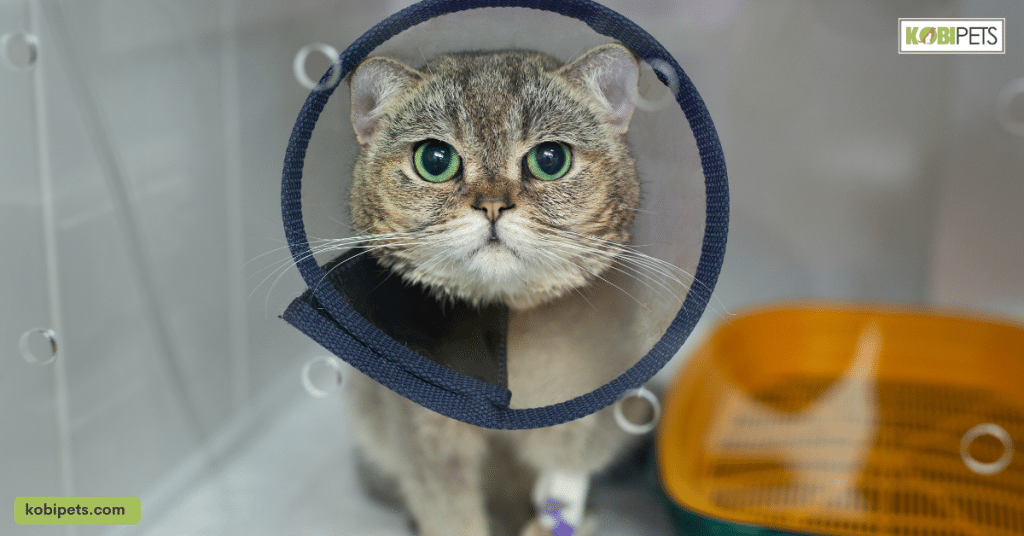
2. Wildlife Preservation
Cats are natural hunters, and their hunting instincts can have far-reaching effects on local wildlife. When left outdoors, cats often target birds, rodents, and insects, leading to potential declines in native species. This predatory pressure can disrupt ecosystems by removing key species, affecting the food chain and overall ecological balance.
In regions with fragile or endangered species, the presence of outdoor cats can pose a significant threat to conservation efforts. Keeping cats indoors plays a vital role in preserving wildlife populations and maintaining ecological harmony.
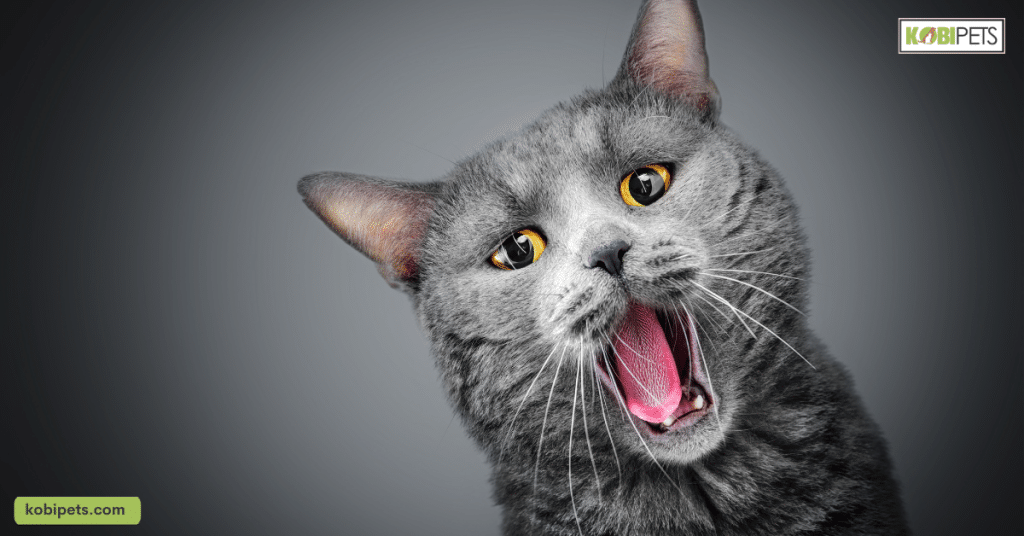
3. Health Benefits
Indoor living offers numerous health benefits to cats. First, it reduces their exposure to parasites like ticks, fleas, and internal worms such as roundworms or tapeworms. Moreover, indoor cats are less likely to sustain injuries from fights with other animals or accidents such as falls or encounters with sharp objects.
Additionally, indoor living reduces the risk of contagious diseases that outdoor cats can contract from other cats. By keeping your cat indoors, you can help maintain their overall health and well-being, providing them with a safer and healthier life.

4. Behavior Management
Managing cat behavior is often more feasible in an indoor environment. Outdoor cats frequently engage in territorial disputes with neighboring cats, resulting in loud yowling, stress, and potential injuries. Moreover, they may exhibit destructive behaviors such as scratching furniture or marking territory outdoors.
By keeping your cat indoors, you can provide alternatives like scratching posts and interactive toys to redirect these behaviors in a controlled and constructive manner, fostering a more peaceful and harmonious home.
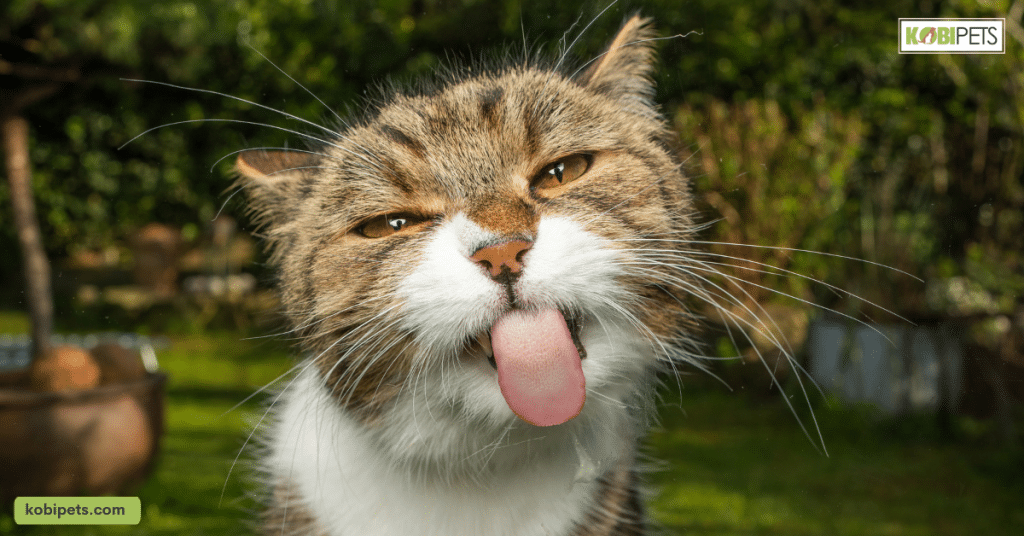
5. Responsible Ownership
Responsible pet ownership extends beyond providing basic care; it also involves considering the broader impact of your cat’s actions. Allowing your cat to roam outdoors can lead to disputes with neighbors, especially if your cat enters their property, defecates in gardens, or creates disturbances.
Additionally, outdoor cats may be mistaken for strays or feral cats, potentially leading to their capture and relocation to shelters. Being a responsible cat owner means ensuring your pet is well-cared for and doesn’t negatively affect the community or contribute to the stray and feral cat population.
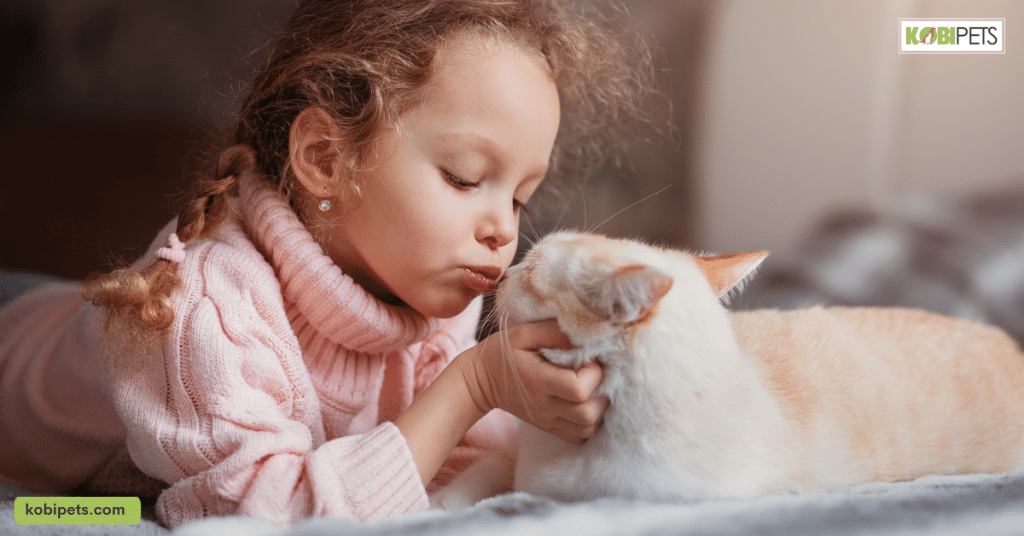
6. Prevent Accidental Breeding
Preventing unplanned litters of kittens is crucial to reducing the overpopulation of stray and feral cats. Outdoor cats may mate with strays or feral cats, resulting in the birth of kittens that may suffer from harsh outdoor conditions or end up in animal shelters.
By keeping your cat indoors and ensuring they are spayed or neutered, you play a significant role in preventing accidental breeding, which in turn helps control the cat population and reduce the burden on animal shelters.
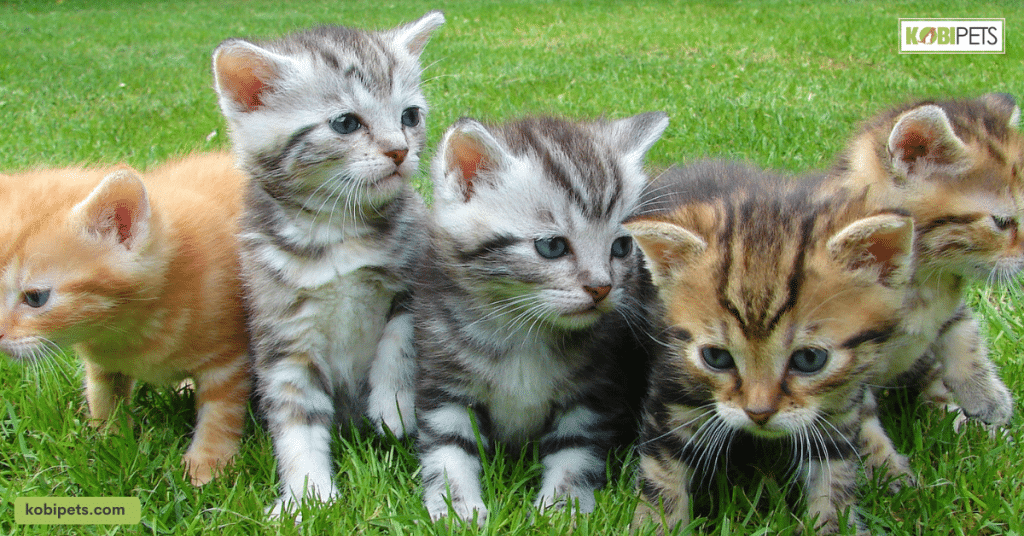
7. Indoor Enrichment
Indoor cats still require mental and physical stimulation to lead fulfilling lives. Providing them with an enriched environment is essential for their overall well-being. Indoor enrichment can include interactive toys, puzzle feeders, climbing structures, and scheduled playtime.
These activities not only keep your cat mentally sharp but also ensure they get the exercise they need to maintain a healthy weight and avoid obesity-related health issues. Indoor living allows you to provide these opportunities in a controlled and safe manner, promoting a happier and healthier indoor feline companion.

Conclusion
In the debate over whether to keep cats indoors or allow them to roam freely outdoors, the compelling reasons for indoor living are abundantly clear. Safety, preservation of wildlife, and health benefits form the bedrock of responsible cat ownership within the confines of your home.
By keeping your feline friends indoors, you shield them from the perils of traffic accidents, predators, and infectious diseases while contributing to the harmony of your community.






